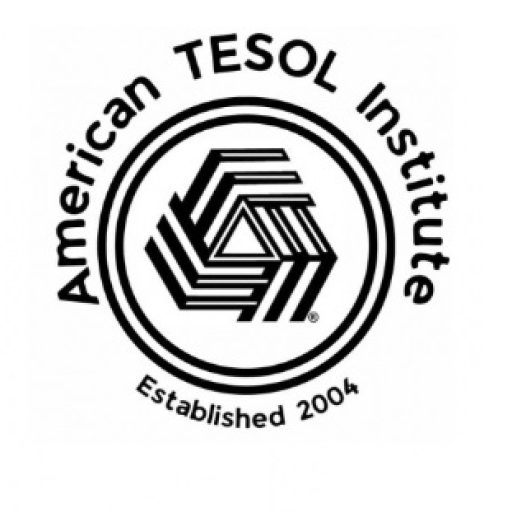Rod Serling’s iconic television series, “The Twilight Zone,” has captivated audiences for decades with its blend of science fiction, fantasy, and horror. The show’s ability to evoke fear and suspense lies in its masterful use of storytelling techniques that tap into our deepest anxieties and uncertainties. Let’s explore these techniques and then apply them to create a captivating “TESOL Zone,” sparking curiosity and enthusiasm for learning English.
The Twilight Zone’s Bag of Tricks:
- The Unexpected Twist: The Twilight Zone thrives on subverting expectations. A seemingly ordinary situation takes a bizarre, often unsettling turn, leaving viewers on the edge of their seats.
- Ambiguous Reality: The show often blurs the lines between reality and the surreal, creating an atmosphere of uncertainty and unease. Is the protagonist dreaming, hallucinating, or trapped in another dimension?
- Moral Dilemmas: Many episodes explore moral complexities, forcing characters (and viewers) to confront difficult choices and their consequences.
- Atmosphere and Sound: Eerie music, unsettling sound effects, and shadowy cinematography create a sense of foreboding and suspense.
Entering the TESOL Zone:
Now, let’s reimagine these techniques for a “TESOL Zone” designed to intrigue and motivate language learners.
- The Unexpected Twist:
- Instead of a mundane story taking a dark turn, present learners with a surprising language puzzle or a cultural riddle.
- Challenge their preconceptions about grammar rules or vocabulary with unexpected exceptions or playful wordplay.
- Ambiguous Reality:
- Use optical illusions or ambiguous images to spark conversations about perception and interpretation.
- Present learners with open-ended scenarios that encourage them to imagine multiple possibilities and express their ideas in English.
- Moral Dilemmas:
- Introduce ethical debates or thought-provoking questions related to language, culture, and communication.
- Encourage learners to express their opinions and engage in respectful discussions, using English as a tool for critical thinking and collaboration.
- Atmosphere and Sound:
- Use music, sound effects, and visuals to create an immersive learning environment.
- Play background music while students work on creative writing tasks or engage in role-playing activities.
- Use videos and animations to bring language to life and stimulate the imagination.
Additional TESOL Zone Techniques:
- Gamification: Incorporate game elements, such as points, badges, and leaderboards, to make learning fun and competitive.
- Personalized Learning: Tailor activities and materials to individual learners’ interests and needs, ensuring relevance and engagement.
- Collaborative Projects: Encourage teamwork and communication through group projects, presentations, and online discussions.
Conclusion:
By adapting the techniques of “The Twilight Zone” to the realm of language learning, we can create a “TESOL Zone” that sparks curiosity, challenges assumptions, and motivates students to explore the fascinating world of English. Remember, the key is to surprise, engage, and empower learners, making the journey as exciting as the destination.


